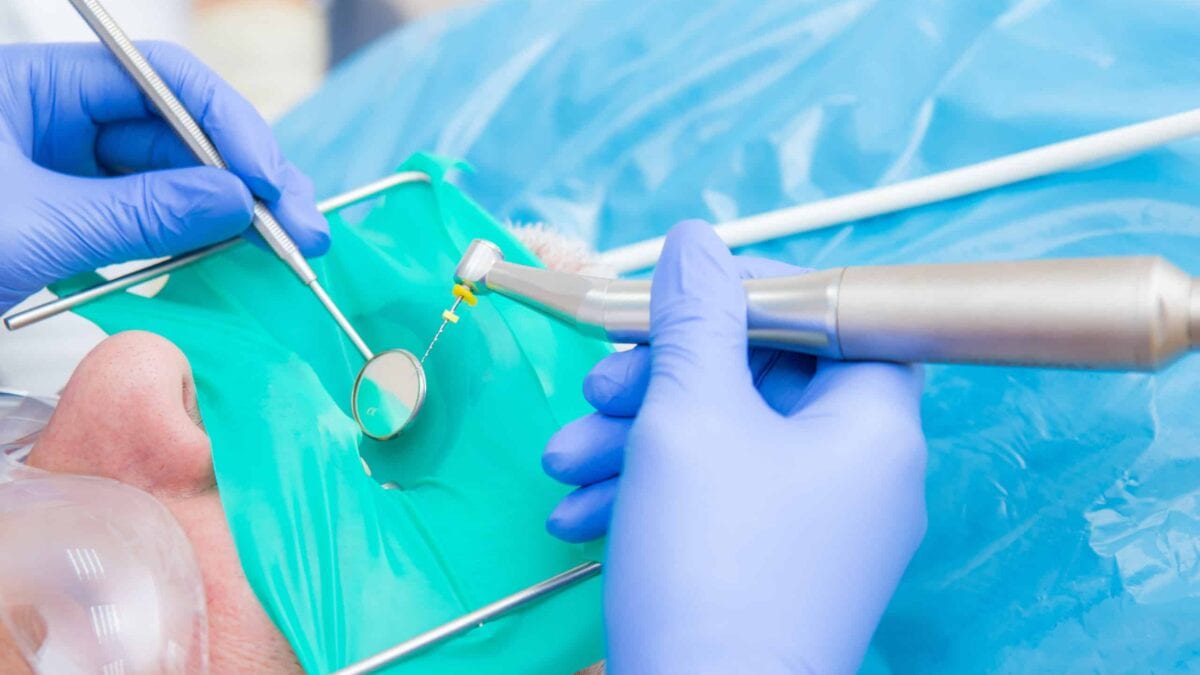No Need to Fear Root Canals
Procrastinating in regard to maintaining teeth and gums can prove harmful. Regular dental checkups and cleanings can reduce discomfort and expose conditions before they become especially problematic.
Root canal is one treatment men and women fear when going to the dentist. But root canals are often less painful than the symptoms that require they be performed.
A root canal is an endodontic therapy that can treat and save teeth. The American Association of Endodontists says root canal treats inflammation or infection in the roots of a tooth. This procedure enables dentists to save a tooth rather than extract it.
WebMD explains that, during a root canal, the nerve and pulp of the tooth are removed from the inside. If the tooth’s nerve or pulp chamber is damaged, it can eventually break down and bacteria can begin to form within. The most common causes of pulp inflammation or infection are a cracked or chipped tooth, a deep cavity or filling, or another serious injury to the tooth. All of these can allow bacteria to enter the pulp. Debris and bacteria can lead to infection or an abscessed tooth. Abscesses can form at the ends of the tooth roots. Swelling, pain, bone loss, and drainage into the gums may occur if a root canal is not performed.
The AAE says that people may avoid root canal treatment because they fear it is too painful. However, with modern technology and anesthetic medications, the pain that results from root canal is on par with having a cavity filled. Damaged tissues in the tooth and the severe toothache that ensues if root canal is not performed is generally much more severe than anything that occurs during the procedure.
Patients who are worried about discomfort can speak with their dentists about pain management. In addition to anesthetic injections, some dentists specialize in medical sedation that can further calm patients’ nerves during procedures.
The American Dental Association says this is what people can expect during a root canal.
• The tooth is numbed for comfort.
• A thin sheet of latex rubber is placed over the tooth to keep it dry, and an opening is made through the crown of the tooth.
• The nerve or pulp is removed. The excavated canal is then cleaned and shaped.
• Medicine may be placed in the pulp chamber to deter bacterial growth.
• The root canal is then filled with a rubber-like material to seal it. A metal or plastic rod or post may be placed in the canal to help retain the filling material so it can properly support the tooth.
• A temporary filling is placed in the tooth. During a subsequent treatment, the temporary filling will be replaced with a permanent crown or filling.
Author: METRO CREATIVE SERVICES
Article originally appeared at: https://www.fwbusiness.com/



